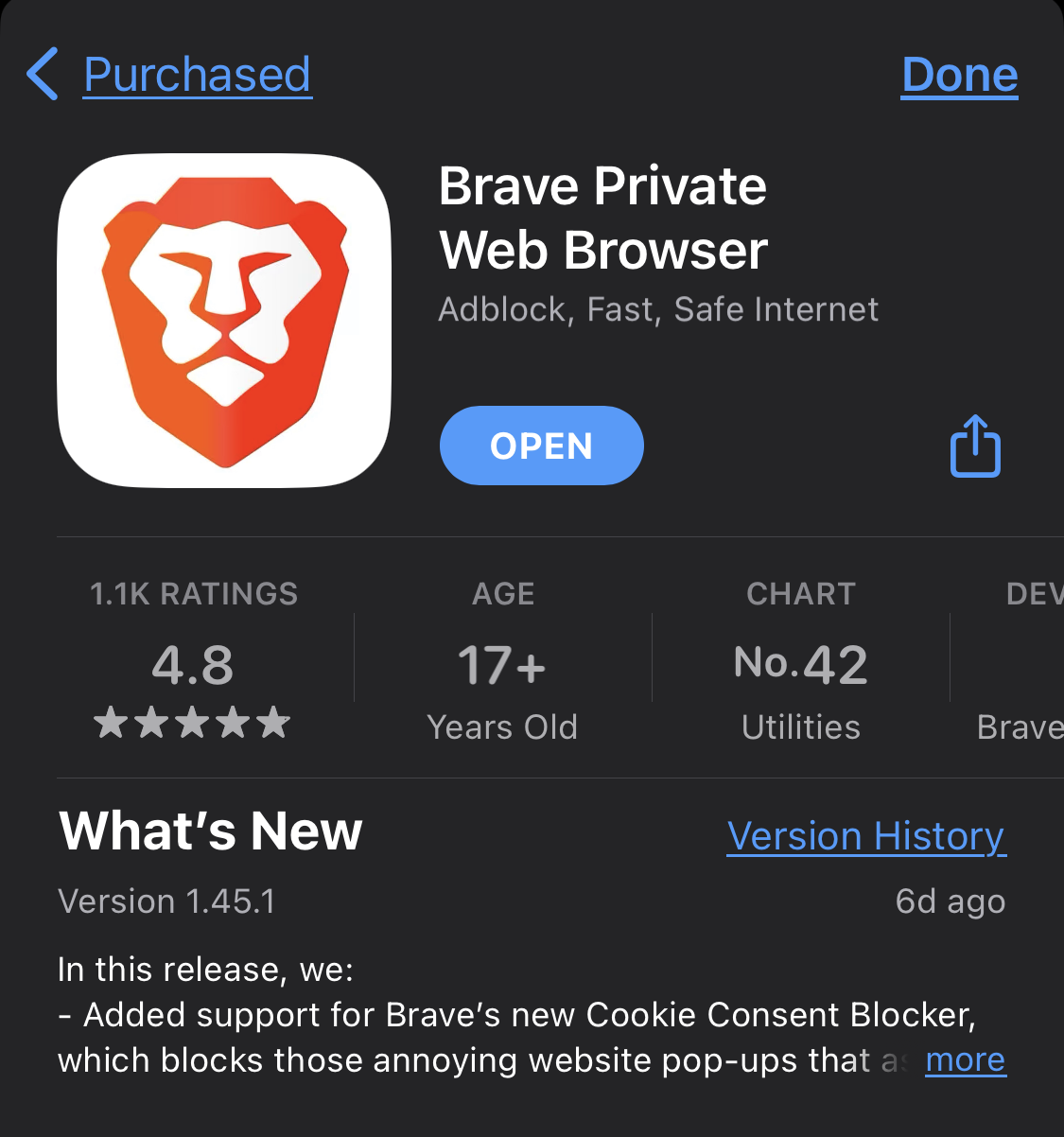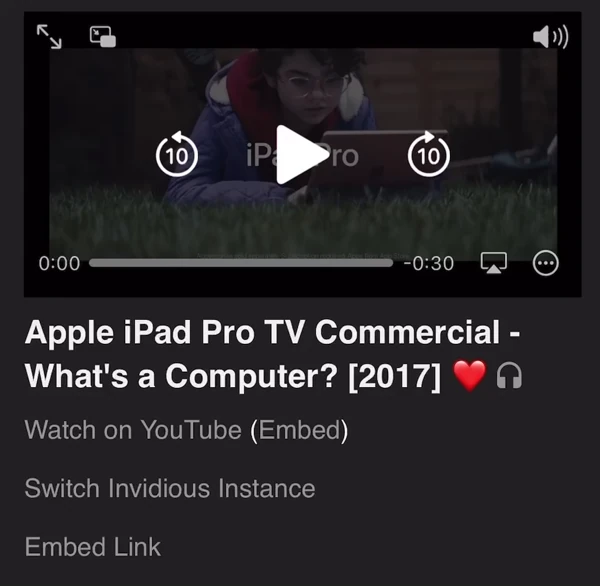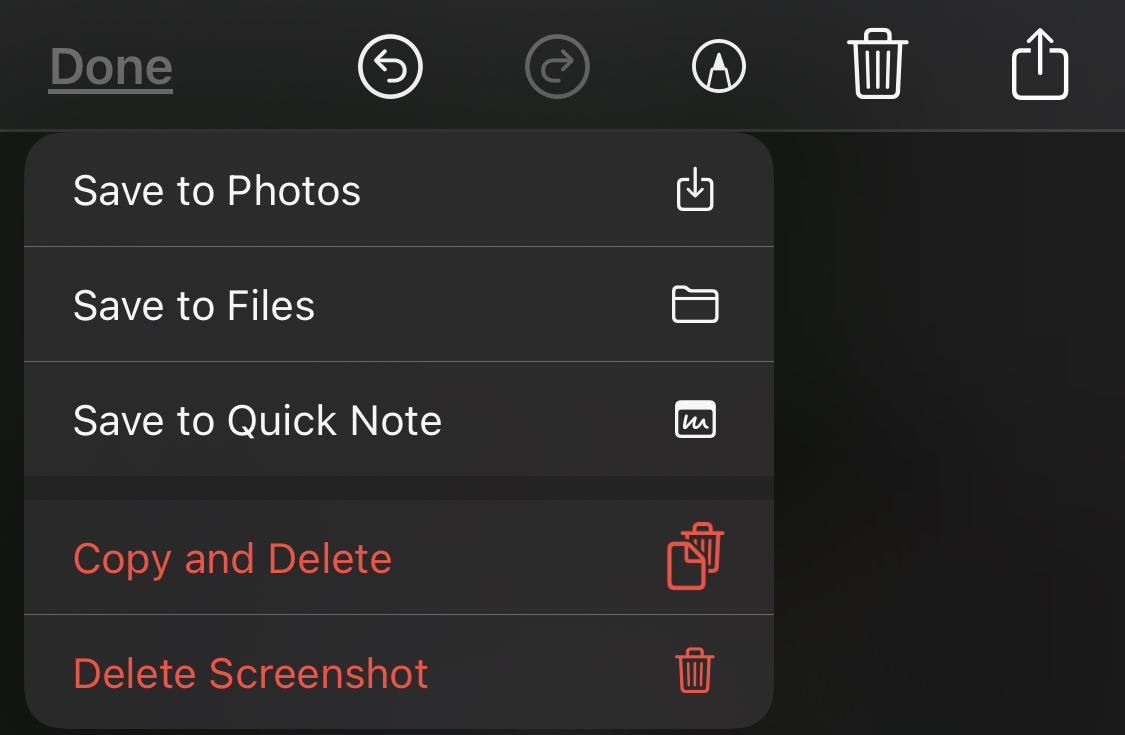As someone who mostly uses their phone for texting, calls and other necessities, I do not need the latest and greatest from the world of smartphones. Besides, in my opinion spending more than 200 euros on a phone is a waste of money. Since I also like my privacy and am fond of open source software, it is safe to say, I would have never bought any Apple product myself, but after my Redmi Note 7 had an unlucky encounter with the pavement I was gifted an iPhone 11 Pro and I decided to take it for a ride.
#Preface
This review is only going to focus on the software as I do not care about performance and cameras. On my last phone I used the ArrowOS↗ with Lawnchair↗, so that is going to be what I am comparing against. I will also look past the privacy issues and Apple’s deceptive marketing, not because I do not care about those things, but because that was covered by others already(1↗,2↗) and I do not have anything new to add to the topic.
#First impressions
Aside from few features, that I had to opt out of, the setup itself was smooth and painless. I removed around 10 preinstalled apps, that I did not deem necessary and went on with my day. Something I was not used to is the lack of going back by dragging from the edge of the screen, you have to press an in-app back button. Otherwise, I got used to the gestures almost immediately.
#App store
It’s not like I download new apps every day, I just install things I need and then almost never touch an app store again, but there are a few particularly annoying things about the App Store.
To install an app, even if it is free, you have to confirm a “purchase”, that entails a confirmation dialog and a password prompt instead of a single button click. Every purchase is accompanied by a loud bell sound, that after some investigation seems to be tied to the ring volume and not the media volume, thus the only way to get rid of it is to put the entire phone on silent mode.
If by any chance you install something, open it and then decide you don’t actually want the app, you have to delete it from the home screen since there is no uninstall button in the App Store.

However, one thing I really appreciate is, that permissions are opt-in, rather than opt-out. Which is also true for some permissions on Android phones, but from my experience, that never applied to notifications. Furthermore, there is selective file access, meaning apps are only allowed to see files you specify.
#The walled garden
The Apple ecosystem is supposed to be this Eden of the software world where everything just works and is beautiful. One of the things, that our lord and savior, Tim Apple, considers sinful and evil are alternate app stores, so we can only access the applications, that are safe for us. This comes as no surprise, but unlike on Android you don’t get an abundance of high quality free software with options to choose from. The kind of apps that there is plenty of are ad-ridden games, social media and even gambling applications. Don’t like the default calculator? You can either get a paid one or one that asks you to download Candy Crush after launching it. Oh, and also the store is obviously region locked.
I was completely prepared to write about how you “cannot use unholy machinery,
like Linux”, and to transfer files you’d have to use a VM or cloud storage.
Obviously Apple does not support anything Linux related, but as always, ArchWiki
has a solution↗.
Just install libimobiledevice↗, run idevicepair pair, and you’re good to go. Despite being a community-made solution, it works
much better, than transferring files via iTunes.
It does not matter what brand of phone you pick they are going to try to push you to use more of their products and services, but, as far as I know, none are more relentless than Apple.

The above message will pop up at random intervals if you do not have iMessage enabled. There is no way to say no, the cancel button translates to “remind me later”. Why do I not want iMessage, tho? Without going into too much detail, it is more beneficial to me to not use data for calls and SMS, so I would like the option to not be pestered about it every few hours.

Similarly, whenever you open Photos after some arbitrary amount of time, you will be informed about shared with you. Unlike the iMessage popup, this one automatically enables the feature for you. In case you don’t want it you can always disable it in settings. It will, of course, later re-enable itself, because Apple knows what’s best for you.
#UI and UX
If there is one thing, that Apple does well, aside from marketing of course, it is the user interface. As far as mobile devices are concerned, this is the best out-of-the-box experience you can get. Gestures are smooth, responsive and do exactly what you want them to. The same goes for sliders and scrollbars, which are precise and easy to grab.
Usually I disable haptics after a phone setup, but here they pleasantly surprised me. I could totally live without them, but they are a nice addition.
Another great thing is WebKit. Usually browsing the internet on a phone was a chore to me, but WebKit, be it Brave, Safari or Firefox, is responsive and actually makes the mobile web experience bearable. One thing where it outshines every other browser is video playback. To provide an example, the following recording is of Brave Browser with JS disabled.

Long-pressing an element, that can be long-pressed, highlights it, puts it above everything else and displays a nice context menu.
, via Wikimedia Commons](/blog/20221216-linux-users-review-of-ios/long-press.webp)
#Things I wish Android had
There are a lot of reasons I prefer Android, but there are still some iOS features it is missing.
One of them being visible on the previous picture - copying an image. Not much else to say about such a basic feature, that Android somehow still lacks…
After you screenshot you get to edit and crop the picture before saving it, which is not a novel feature, but still feels much more polished than its Android counterpart. One thing that is marginally better is once again… copying. On Android after you take a screenshot you can click it to edit it, but this moves you to gallery, after you are done editing, you go back to the app you were using and send the picture. Then you can go back to your gallery to delete the cropped and also unedited versions of the picture that were left behind. On iOS, you can simply “Copy and Delete”.

The battery of Redmi Note 7 had capacity of around 5,000mAh, and despite iPhone 11’s battery being 3,000mAh it lasts noticeably longer. With 80% battery health it needs to be plugged into a charger maybe once every two or three days.
#A couple of annoyances
There are two things, that are a bit infuriating whenever they happen.
Not being able to decline calls when your screen is locked, this is supposed to be a feature, so you don’t click the button accidentally. It would be good to have a setting to turn it off.
The other thing, that happens only sometimes and with no apparent pattern, is keyboard haptics simply not working, even tho all other elements vibrate and the setting is turned on.
#Conclusion
Nice UI and good first party software, but if you want to go beyond that, or you don’t like to do things exactly the way they were designed to then you are out of luck. It’s a phone, and it makes calls and stuff, which is all I need from a phone, but if I wanted to get the best experience possible I would sell this and replace it with some sub-300 euro phone, that has unlockable bootloader. If only the phone was not so locked down and had as much software support as Android.